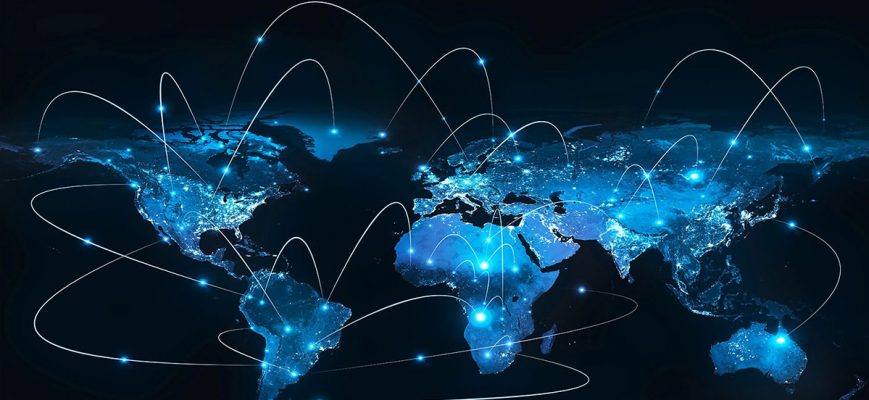Before you start localising you should consider…
In an increasingly globalised and borderless world, localisation will help you to expand your market into new regions. The quality of your translated content is fundamental, and localisation is crucial. This is true whether we are talking about your online presence, corporate materials or legal contracts. However, there are various questions that any company needs to resolve before embarking on a localisation process. These fall into four categories:
Find out more: What is Globalisation, Internationalisation and Localisation?
Should you outsource or do the work in-house?
Do you have a better chance of meeting your goals if you use your own resources or employ a specialist? As in virtually all spheres of modern business, this is a key question. And, as in most spheres, you will probably find that a combination of the two is the right solution. In the case of localisation, it is vitally important that you have someone ‘on the ground’ – ie. someone who is intimately familiar with the market you are trying to break into, as well as having native-speaker level in the language spoken there. Is there someone in your organisation who fits the bill? And, if so, can you spare them?
Who to choose as your partner?
If you choose to outsource some, or all, of the process, who will you choose to meet your localisation needs? Do you turn to various smaller agencies, or try to find a one-size-fits-all language service provider (LSP)? In either case, how do you choose between the plethora of possible options?
How do you evaluate a Translation Agency? This is particularly difficult when all potential suppliers claim to offer fast, accurate and competitively-priced translations. One of the best ways to evaluate the standing of a Translation Agency (or LSP) is to ask if it has an ISO 9001:2015 certification. ISO 9001 is a set of international standards which measure quality management and quality assurance systems, within organisations. As a third-party certification, it authenticates a company’s adherence to a well-defined, well-documented set of procedures. Procedures which facilitate the delivery of consistently high-quality products and services.
Find out more: ISO 9001: How to evaluate a Translation Agency
Find out more: Metrics for Evaluating Translations
How do you communicate clearly your what your needs are?
The successful approach is to identify core practices and processes, teach partners what they are, and make sure that everyone sticks to your code. Formalising these processes is essential. At a more hand-on level, during the localisation process you will need complete and well-maintained glossaries and term-bases. Who will be responsible for producing these?
Find out more: Your Pre-Translation Checklist
Cost, process and quality
How much should you expect to pay? What new systems will you need? Who will put them in place? Do you need to create new jobs? These and related questions must be answered before any localisation (or globalisation) effort gets underway, as leaving them unresolved, or hoping to respond to the situation as it unfolds, will only lead to unnecessary costs, hold-ups and hassle.
Find out more: Different levels of Translation Quality and Pricing
We offer a Streamlined Localisation Process
The processes of translation and localisation go hand in hand. Many translations require some level of localisation to avoid confusion. Quicksilver Translate will help you identify and respond to these challenges. Localisation can mean simply adjustments between two regions of the same country that speak different dialects, and have some cultural differences; or, between varieties of a global language, such as British and American English, or European and Latin American Spanish.
Localisation can also be translating units of measure and currencies, adapting the cultural references, changing the accompanying graphics or images, and so on.
The key difficulty of website localisation is that web design software is rarely designed with multiple languages in mind. So, although it may seem easy to copy and paste text into, and out of, the ‘back end’ of a site; this is painfully time-consuming and can lead to errors. Many basic interfaces are broadly incompatible with the leading edge Computer Assisted Software (CAT) software that most professional translation agencies use. However, we can offer solutions that combine CAT software, with industry-specific expertise, and work with your CMS and/or website platform.
We are therefore able to offer you a streamlined approach, adding value at every step of the translation process. Furthermore, we are very familiar with a variety of CMS packages, so we can also manage the whole process for you!

